Second three-game losing streak of the season! Novak Djokovic suffered another setback in Madrid
On April 26, 2025, the ATP1000 Madrid Masters broke out - Djokovic, the No. 4 seed and three-time champion, lost 3-6 4-6 to the Italian player Arnaldi, who is ranked only 44th in the world, and suffered a "first-round tour" at two consecutive clay Masters, and has made his debut in four tournaments this season, setting a career record for the worst single-season season. The defeat not only frustrated Serbia's hopes of winning the 100th title of his career, but also exposed the harsh reality of his precipitous decline in competitiveness. Combined with his high-frequency participation and repeated defeats this season, the outside world can't help but speculate: has the tennis legend entered the "tour farewell" stage before retiring? And is the ambitious goal of 25 Grand Slam titles and 100 titles out of reach?
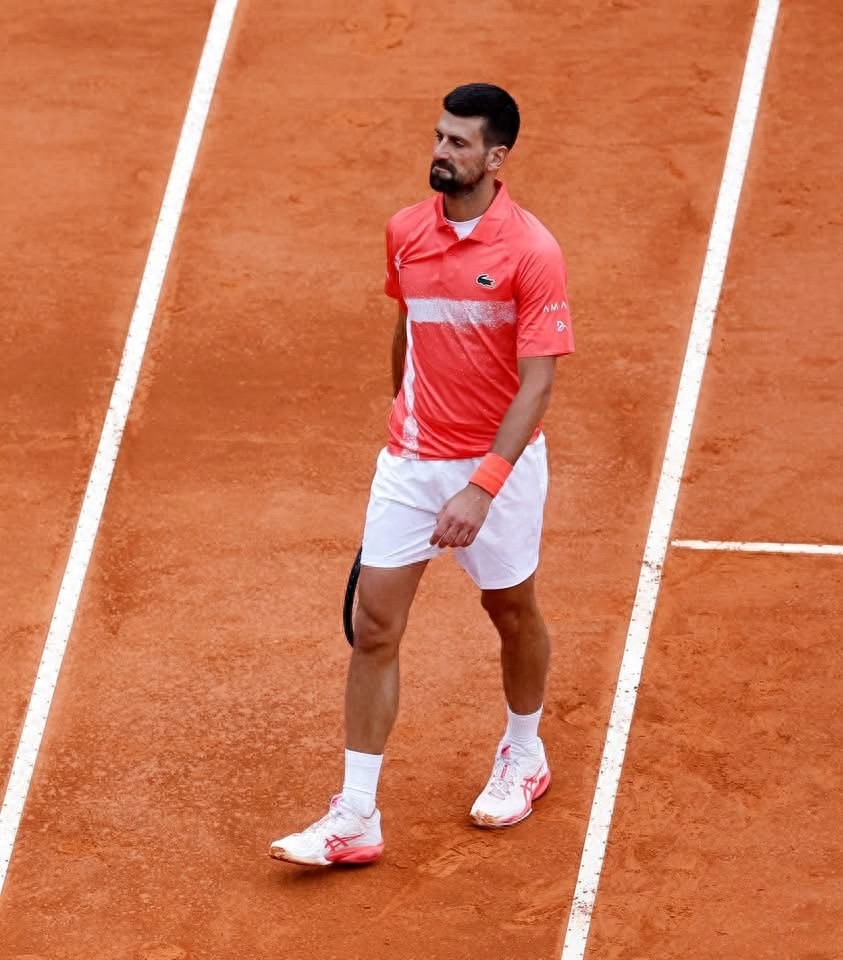
Djokovic's decline this season has been well underway. Since winning gold at Paris 2024 and achieving the 'Golden Slam', his form has continued to decline. After the start of the 2025 clay season, he lost to Tabilo in the second round of the Monte Carlo Masters, and then lost in two sets in Madrid, suffering a "back-to-back round" in the clay season for the first time in his career. What's even more worrying is that his dominance on key points is gone: in the eighth game of the second set against Arnaldi, Deyo held three consecutive break points at 40-0 but failed to deliver it, and was instead held by his opponent for five consecutive points, completely ruining the hope of a comeback. This phenomenon of "dropping the chain at a critical moment" is in stark contrast to its image of a "big heart" at its peak.
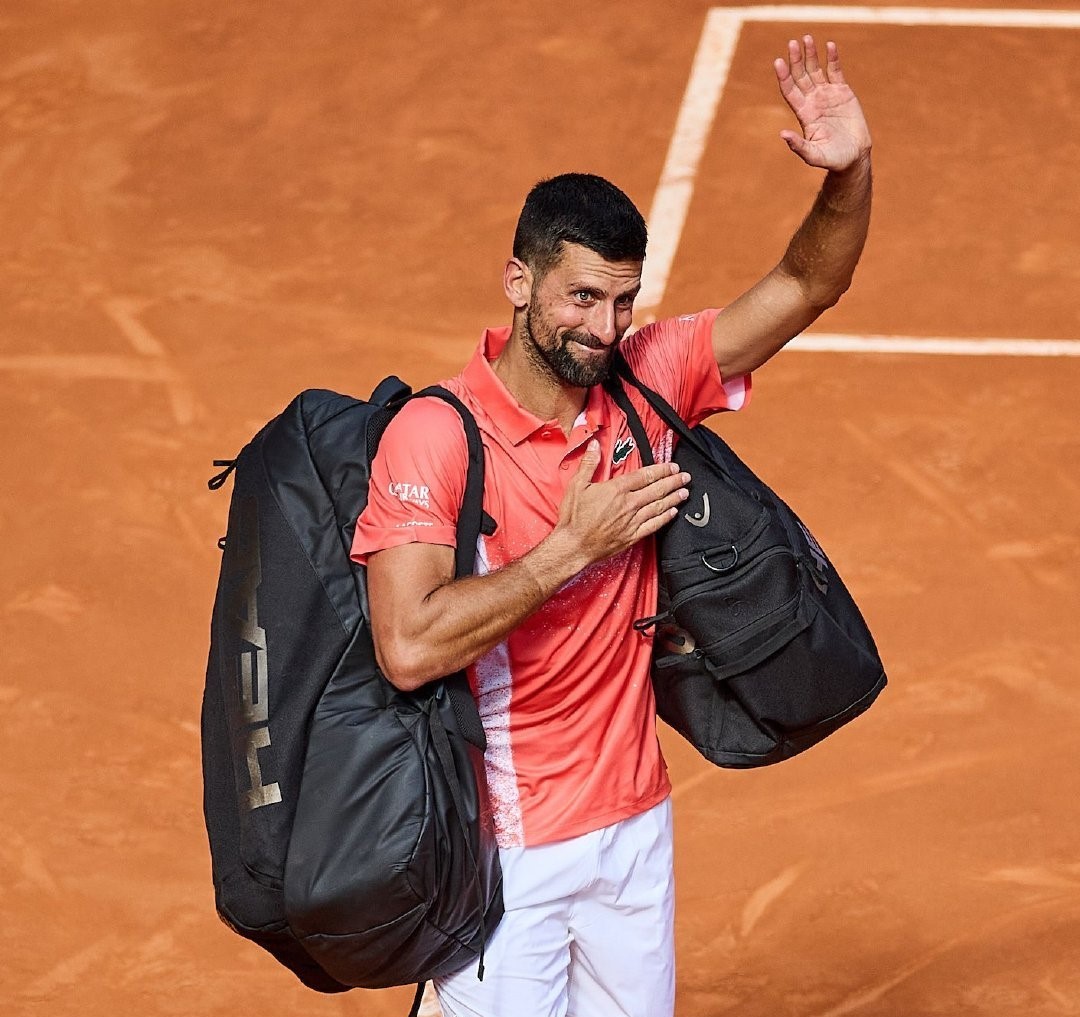
Age and fitness bottlenecks are the core factors in Deyo's decline. He is about to turn 38 years old, and his physical function has deteriorated irreversibly. The frequent unforced errors, the slowdown and the high physical exertion of clay make it difficult to adapt to the onslaught of the new generation of players. In addition, health issues such as eye discomfort (such as the use of eye drops multiple times in the Miami finals) further weakened his stability. In contrast, the "post-00" players represented by Arnaldi and Mensik are gradually taking over the rhythm of the game with their strong serve (speed of more than 200 kilometers per hour) and abundant physical fitness.
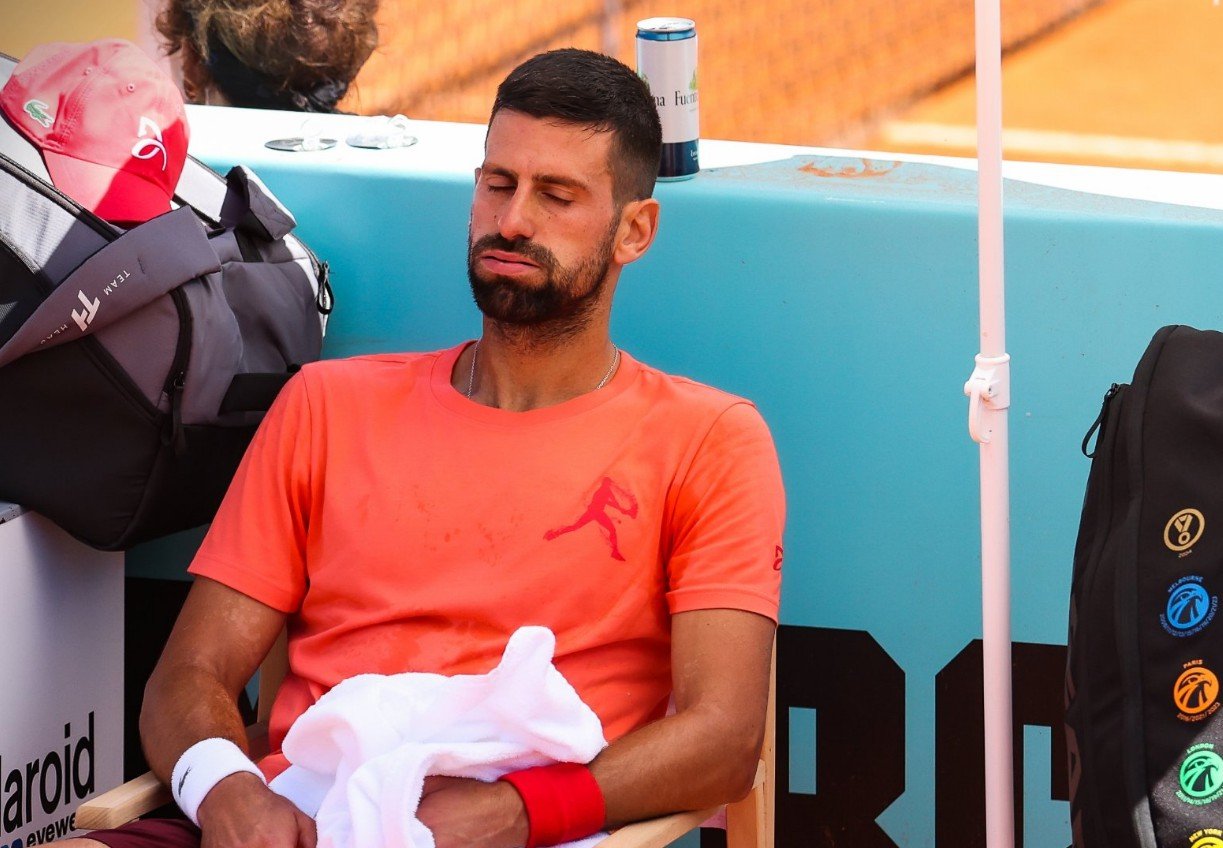
Deyo's strategy this season has sparked widespread discussion. Unlike previous years, he will be able to compete in lower divisions (such as the ATP 250 Brisbane) in 2025, and even appear on the tournament as a "full attendee". This unusual move was interpreted by some media as a "farewell tour before retirement", trying to interact with fans around the world in the final stage. However, judging from the results, the high-frequency competition not only failed to help him regain his form, but instead exacerbated the physical exertion and psychological pressure. For example, the Deyo team in Madrid arrived early to prepare for the competition, but their performance in the first game was sluggish, exposing the failure of the "training by competition" strategy.
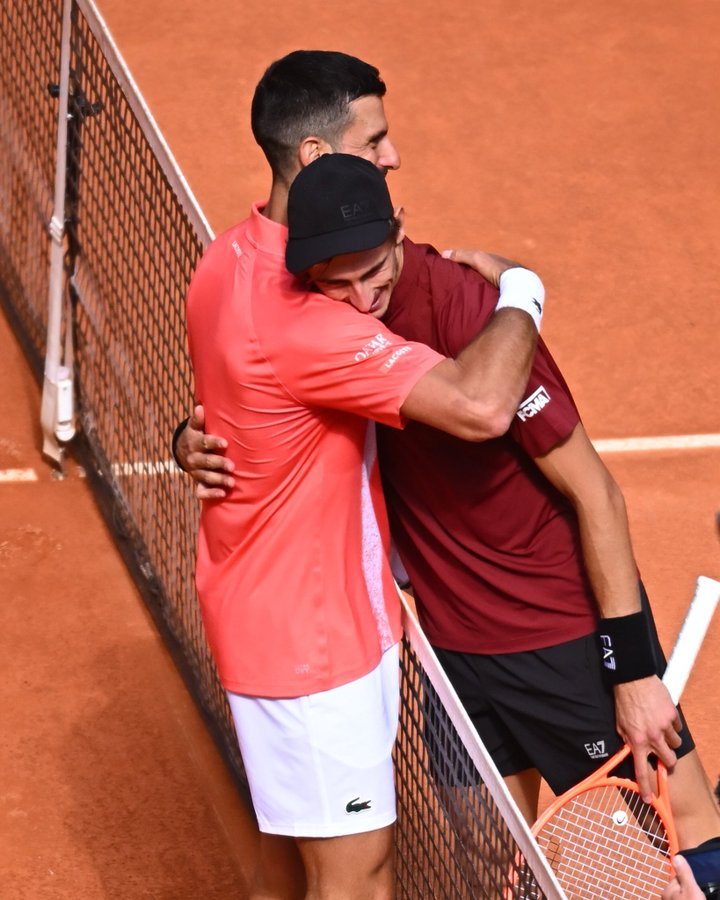
It's worth noting that Deyo's dedication to the record is still evident. "100 titles and 25 Grand Slams are my motivation to keep playing," he said in an interview, but this obsession can also become a shackle. Unlike Federer and Nadal's mentality of "enjoying tennis" in the latter stages of their careers, Djokovic is still mired in the expectation of "the best in history" achievement, which leads to technical deformation and even emotional swings when dealing with key minutes.

Djokovic's "100 Championships" began with his 99th crown after the 2024 Olympics, but since then he has failed to make seven consecutive attempts, including a defeat to 19-year-old rising star Menchick in the Miami final. At the moment, he is still far from the records of Connors (109) and Federer (103), and age and the deteriorating competitive environment make this goal even more out of reach. At the technical level, its proud tie-break win rate has dropped sharply from 66% at its peak, and the baseline and return stability are no longer what they used to be. In terms of external competition, the new generation of players such as Alcaraz and Sinner have formed a group advantage, coupled with the continuous pressure of the Mesozoic generation such as Zverev and Rune, Djokovic's championship window is rapidly narrowing.
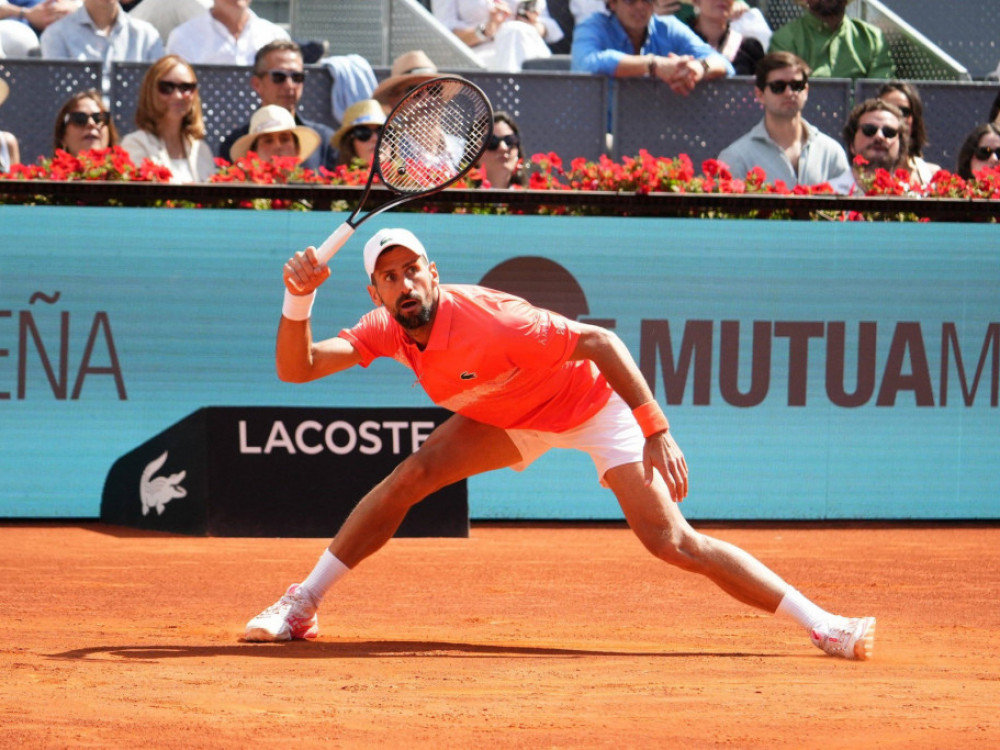
As for the 25 Grand Slam trophies, it's even more difficult. Djokovic has not won seven Grand Slams titles since the 2023 US Open, withdrawing from the French Open in 2024 due to injury and reaching the semifinals at the 2025 Australian Open, highlighting the collapse of his dominance in best-of-five matches. Even if he retains his "stage competitiveness", his physical reserves are not enough to support continuous high-intensity matches, and the consistency of the new generation of players on the Grand Slam stage (such as Alcaraz's 4 titles at the age of 21) has further curtailed his chances.
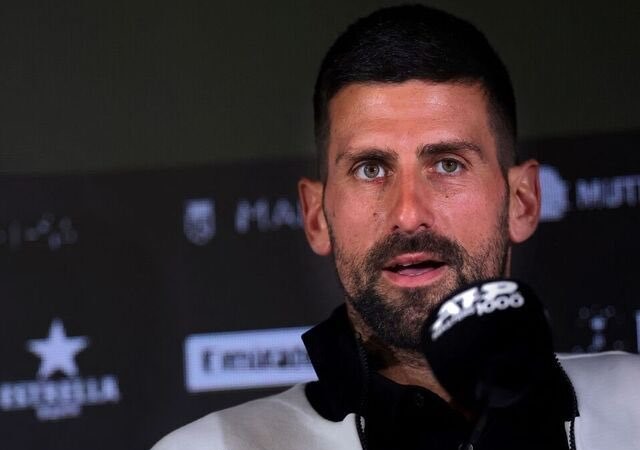
Djokovic's predicament is both a twilight in his career and a microcosm of the generational change in men's tennis. His persistence is impressive, as he said in support of Alcaraz: "Four Grand Slam titles at 21 is great enough. "But the cruelty of competitive sports is that time never stands still for anyone. If you can't achieve the "last stand" in Wimbledon, US Open and other fast venues, retirement may become a reality that you have to face. Regardless of the outcome, Djokovic has defined the "GOAT" battle in tennis with 24 Grand Slam trophies and 99 titles. And the charm of tennis is hidden in this eternal cycle of heroic twilight and the rise of the new generation.(Source: Tennis Home Author: Xiaodi)







 Links
Links
 Contact
Contact
 App
App


